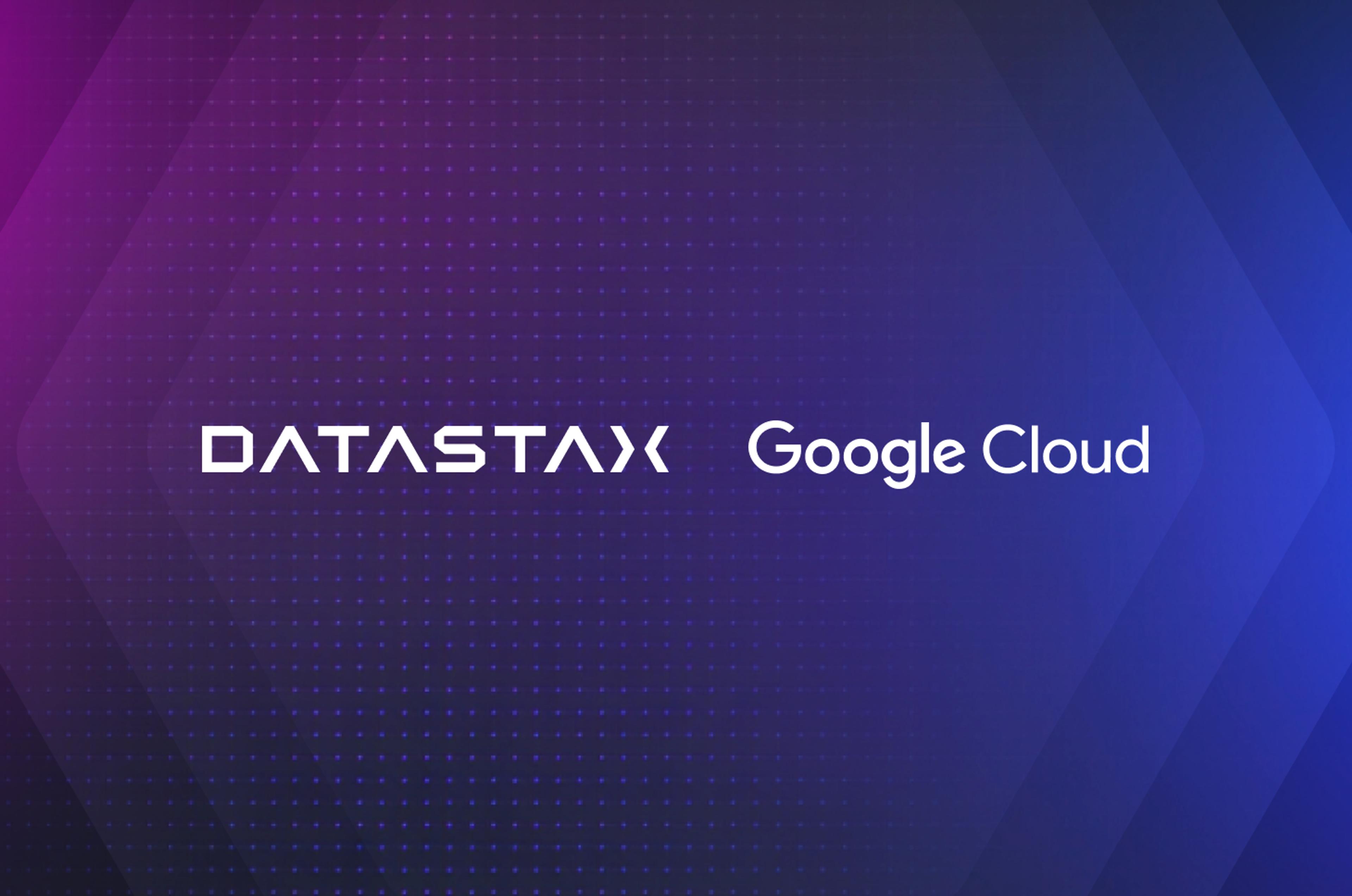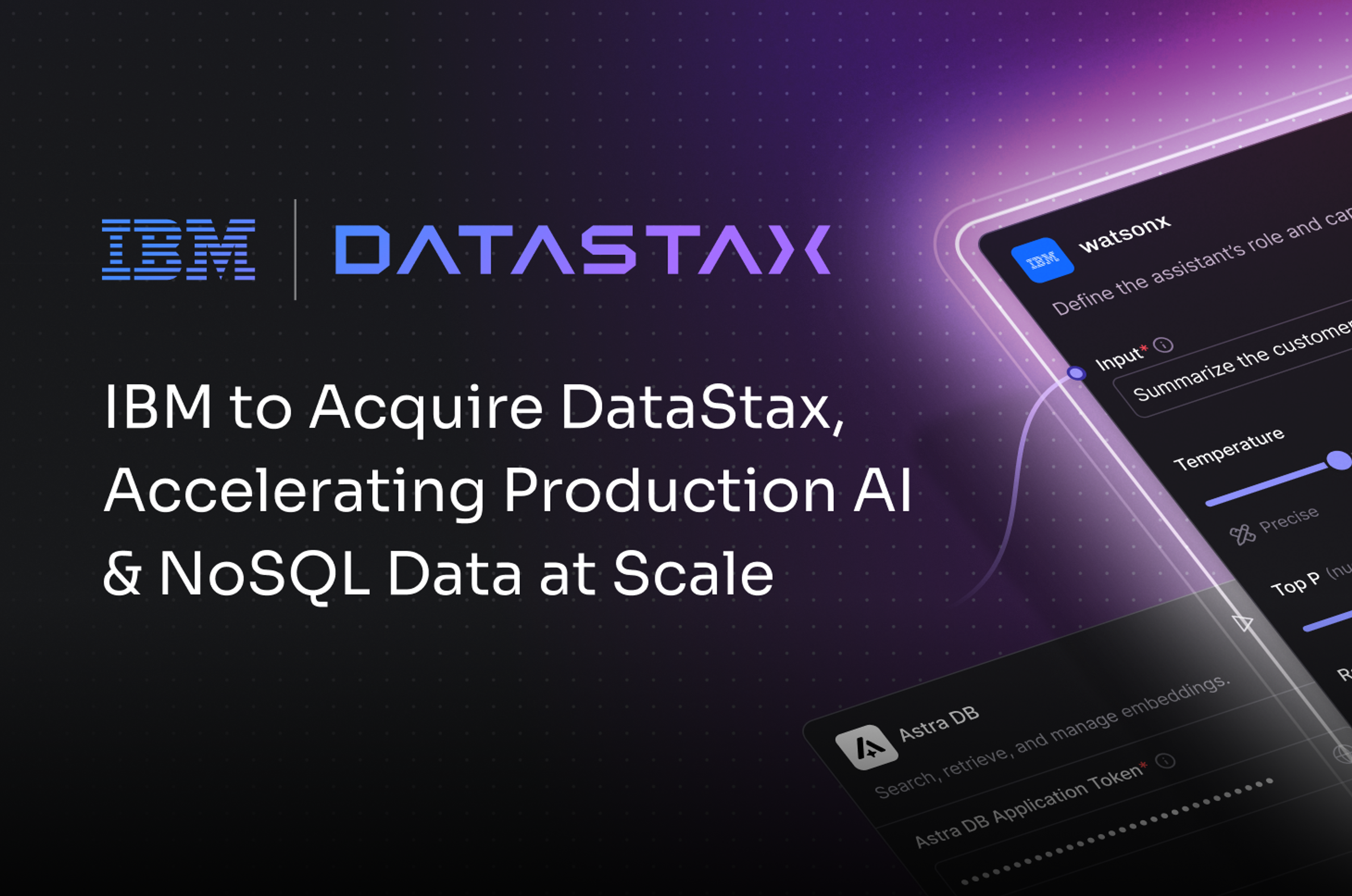Many organizations rely on the same databases they’ve used for decades.
While these databases are still helpful in many use cases, they simply can’t keep up with the speed and agility that modern applications require. When modern applications are built on these legacy databases, they struggle to scale, may experience significant downtime, and have a hard time handling data throughput, among other issues.
For the most part, this is either because a single master node controls all read and write traffic, or a database has been sharded in an attempt to scale. These configurations result in bottlenecks, single or multiple points of failure, and performance issues that put applications at risk.
The good news is that these problems are largely avoidable. Instead, you just need to build applications on top of a modern database designed with a masterless architecture.
With that in mind, let’s take a look at three reasons organizations should consider moving away from outdated legacy database technology and migrating to masterless architecture designed for the modern world.
1. Shatter data silos
Many organizations today have a major problem with data silos, which occur when data is scattered across the enterprise in multiple repositories—to the point where application developers and data scientists either can’t find certain data sets or don’t even know they exist in the first place.
Data silos present several challenges for enterprises. For starters, it’s impossible to unlock the full power of the organization’s data. What’s more, data silos also impede productivity. For example, according to the Harvard Business Review, as much as 80% of a data scientist’s time is spent preparing data for analytics projects—in large part due to dispersed data sources.
With fully automated data replication and data portability, or the ability to take your data to any cloud, databases based on masterless architecture help reduce data silo
2. Power modern applications
Modern applications often need the following five key attributes from databases in order to meet user expectations and, in the case of enterprise software, deliver productivity gains:
- Contextual
- Always on
- Real time
- Distributed
- Scalable
With modern databases built on masterless architecture, it’s much easier to deliver on these five attributes while supporting rapid application development and deployment in any cloud environment. Up-to-date data is always available from any geographic location and with very low latency, there isn’t any single point of failure, and applications can scale in an automatic and predictable way.
What’s more, because there aren’t any master nodes, every database node is capable of handling read and write requests, thereby accelerating performance with linear scalability.
Add it all up— a masterless architecture helps deliver strong user experiences and drives significant productivity gains.
3. Support hybrid and multi-cloud environments
To provide the best-suited computing infrastructure for their applications, organizations are increasingly moving toward hybrid and multi-cloud environments. This enables them to take advantage of the strengths of various cloud providers while ensuring that sensitive data remains protected behind firewalls in their own data centers. As a result, we expect more and more applications to be deployed in hybrid and multi-cloud environments as we move further into the future.
Cloud-native databases with masterless architecture support hybrid and multi-cloud deployment scenarios by delivering the data portability necessary to move from one provider to the next as needs change and new technologies emerge.
In this light, a database with a masterless architecture not only supports the needs of modern applications today, it also helps to future-proof them.
No one knows what cloud services might emerge in the coming years. But with cloud-native masterless databases powering modern applications, organizations will be able to easily move to these new services if they so choose.
The case for masterless architecture
Simply put, databases with masterless architecture deliver the performance, scalability, and availability that modern applications require in a much more reliable and predictable way than databases with traditional master-slave or multi-master architecture.
To learn more about why you need to build your applications on top of a database with a masterless architecture, check out this infographic.








